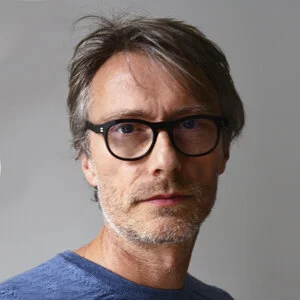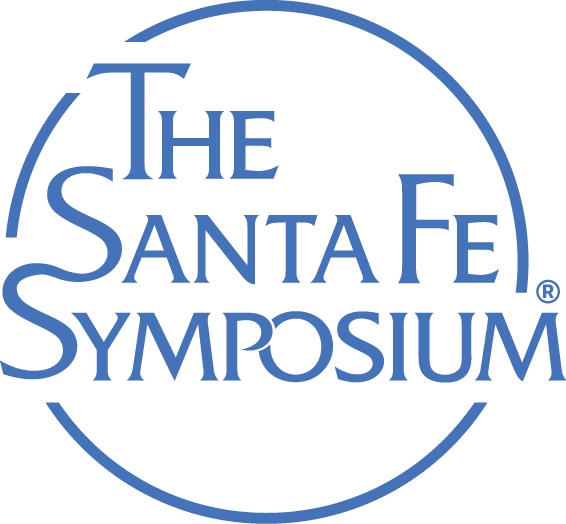Dr. David Huycke - PXL-MAD School of Arts, Hasselt University, Belgium
Dr. David Huycke is an internationally renowned Belgian silversmith, a professor at the PLX-MAD School of Arts, in Hasselt, Belgium and a professor at the Faculty of Architecture and Arts at Hasselt University. He holds an M.F.A. in jewellery design and silversmithing from Sint-Lucas University College in Antwerp, Belgium and a Ph.D. in arts from Hasselt University and Katholieke Universiteit Leuven. A two-category recipient of the first Henry Van De Velde Awards (young talent prize and prize of the public categories) by Flanders DC in Brussels in 1994, David has also been awarded the European Prize for Contemporary Art- and Design-led Crafts (younger than 35 years category), WCC-Europe, in Vienna in 1998 and the gold medal for the Bavarian State Prize (contemporary crafts category), International HandwerksMesse, in Munich in both 2007 and 2019. His work has been displayed in national and international galleries and museums, and he has permanent collections in the Design Museum Gent (Ghent, Belgium), the Victoria and Albert Museum (London), Deutsche Goldschmiedehaus Hanau (Hanau, Germany) and the Indianapolis Museum of Art. David is known for his modern artistic relevance on the ancient technique of granulation. This is his first presentation at the Santa Fe Symposium®.

Decorative and Structural Granulation in Larger Silver Artefacts
Granulation is an ancient technique in goldsmiths' art where little balls decorate surfaces with ornamental and figurative patterns. Because of its specific nature, granulation was, and still is, rarely used in a larger scale. This paper suggests two different applications of silver granulation in larger scale: first in the well-known method as a decorative technique and second as a constructive technique, where the little granules build the artefact and form structure and decoration at the same time. Both methods have specific problems which will be discussed and unraveled. The development of new tools and the entire working processes will be presented—the production of larger granules, the silver alloys used, the application of the copper (oxide), and the reaction-soldering of silver—in both decorative and constructive ways.
